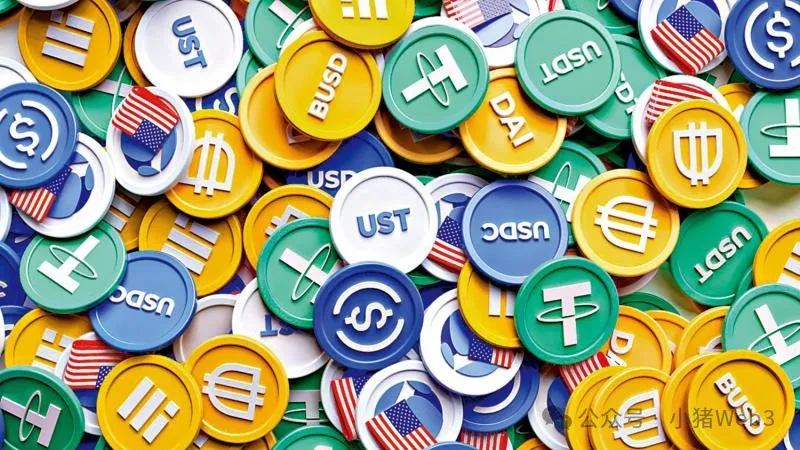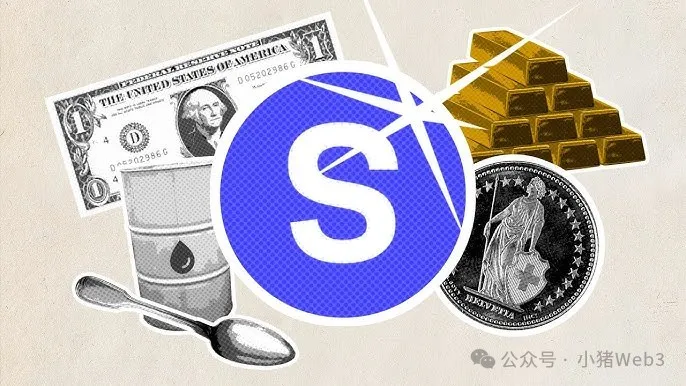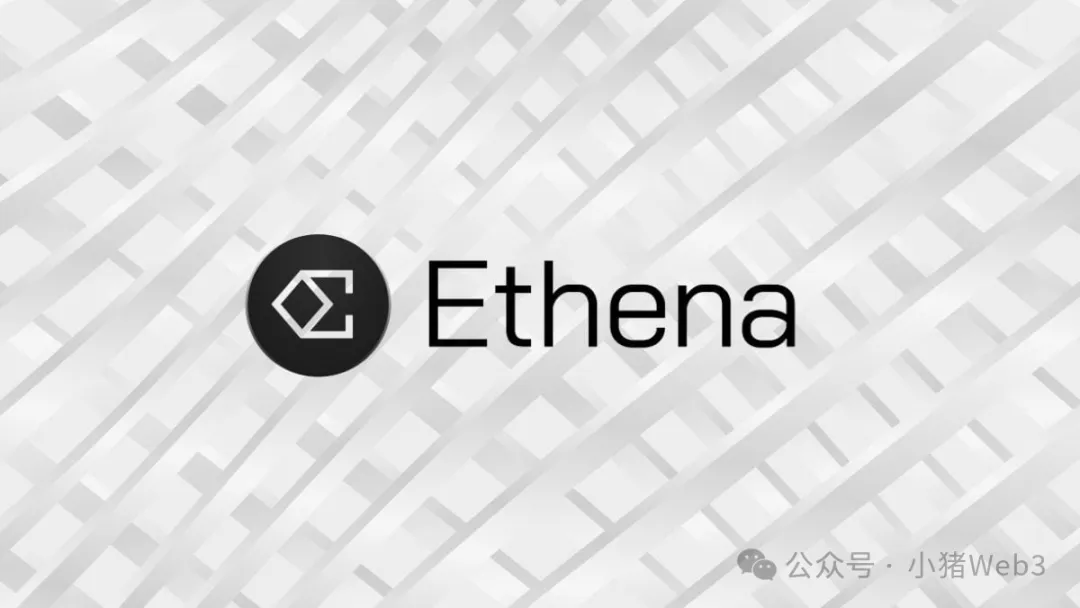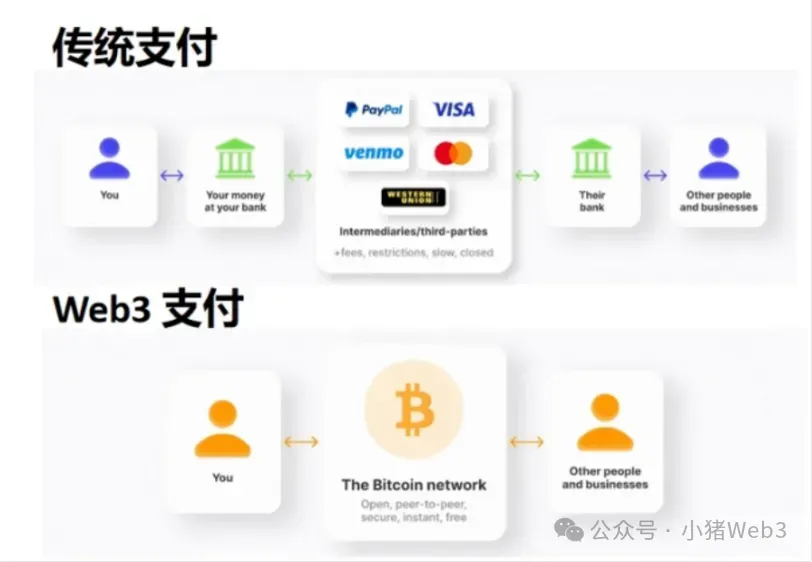Introduction
Since Trump took office, the total market value of cryptocurrencies has evaporated by nearly $900 billion, and altcoins have entered a deep bear market. However, the total market value of stablecoins has consistently reached new historical highs. According to data from DefiLlama, the current total market value is $230.45 billion, having increased by $2.3 billion in the past week. Compared to the same period last year, the market value of stablecoins has grown by 56%. Among the overall market value, Tether's $USDT stablecoin dominates with a market value of nearly $144 billion, accounting for 62.6%, followed by Circle's $USDC with a market value of $59 billion.
Stablecoins are cryptocurrencies designed to maintain a relatively stable value, aimed at minimizing the inherent high volatility of the cryptocurrency market. Unlike traditional cryptocurrencies like Bitcoin, the value of stablecoins is usually pegged to a stable asset, such as the US dollar, euro, or gold. This characteristic makes them a key tool in the cryptocurrency ecosystem.

Against the backdrop of the turbulent decline of both crypto assets and US stocks, the rise of stablecoins is seen as a manifestation of consolidating the dollar's hegemony. At the White House's first crypto summit, Trump expressed hope to receive stablecoin legislation before Congress's August recess to advance federal regulation reforms for cryptocurrencies, reiterating the desire for the dollar to "maintain its dominance in the long term."
In addition to the United States, other countries and regions, including Hong Kong, Japan, and Thailand, are making efforts to adopt stablecoins. On July 18 last year, the Hong Kong Monetary Authority announced a "sandbox" for stablecoin issuers; on March 10 this year, the Thai Securities and Exchange Commission identified stablecoins USDT and USDC as compliant cryptocurrencies; on the same day, the Japanese cabinet announced approval of proposals to reform laws related to crypto brokerage and stablecoins, allowing crypto companies to operate as "intermediary businesses."
According to the Financial Times, some of the world's largest banks and fintech companies are eager to launch their own stablecoins, aiming to capture market share in cross-border payments that they expect will be reshaped by cryptocurrencies. For example, JD Technology, YuanCoin Innovation Technology, and Standard Chartered Bank are advancing Hong Kong dollar stablecoin projects; PayPal is issuing the stablecoin PYUSD; Stripe has acquired the Bridge stablecoin platform; Revolut is exploring the possibility of issuing stablecoins; and Visa is using stablecoins for payments and global business.
With the stablecoin strategies of governments, banks, and fintech companies across major countries and regions, the crypto market may welcome a stablecoin bull market like never before.
Classification of Stablecoins
Stablecoins can be classified based on their collateral types into fiat-collateralized stablecoins, crypto-collateralized stablecoins, algorithmic stablecoins, and emerging stablecoins.
Fiat-Collateralized Stablecoins
Fiat-collateralized stablecoins are backed by fiat currencies (such as the US dollar or euro) as reserves, typically issued at a 1:1 ratio, meaning each dollar-collateralized stablecoin (e.g., $USDT or $USDC) corresponds to one dollar stored in the issuer's bank account.

USDT is a stablecoin issued by Tether, pegged to the US dollar at a 1:1 ratio. USDT is currently the highest market cap stablecoin and one of the most traded cryptocurrencies.
USDC is a stablecoin issued by the Centre Consortium, co-founded by Circle and Coinbase, also pegged to the US dollar at a 1:1 ratio. USDC performs well in terms of compliance and transparency, making it favored by institutional investors.
FDUSD is issued by FD121 Limited, a subsidiary of Hong Kong-based financial company First Digital Limited, and is pegged to the US dollar at a 1:1 ratio. Binance is the main holder of FDUSD.
PYUSD is a stablecoin launched in collaboration between digital payment giant PayPal and Paxos, fully backed by US dollar deposits, US Treasury bills, and cash equivalents, and can be bought and sold on PayPal at a price of $1 for 1 $PYUSD.
Crypto-Collateralized Stablecoins
Crypto-collateralized stablecoins use other crypto assets as collateral. A representative project is USDS (formerly DAI) from Sky (formerly MakerDAO), which primarily uses Ethereum as collateral. Due to the volatility of cryptocurrencies themselves, these stablecoins typically require over-collateralization (usually 150% to 200%) to maintain stability.

USDS is a decentralized stablecoin issued by Sky, maintaining its peg to the US dollar through over-collateralized crypto assets. USDS is currently the third-largest stablecoin by market cap and the largest decentralized stablecoin, with its price stability mechanism controlled by contracts, making it more resistant to censorship.
GHO is a stablecoin minted through over-collateralization of assets deposited in the AAVE protocol. AAVE, founded in 2017 on Ethereum, is currently the largest decentralized lending protocol. For AAVE, launching GHO significantly enhances its overall competitiveness.
crvUSD is the native stablecoin of the Curve protocol, issued as a US dollar stablecoin through over-collateralization, with a mechanism similar to Sky. Curve is a decentralized exchange (DEX) specializing in managing liquidity for stablecoin usage through automated market makers (AMM).
sUSD is a stablecoin minted by the Synthetix protocol on Ethereum and Optimistic, primarily collateralized by the native token SNX of the Synthetix protocol, with a collateralization rate of 400%. The high collateralization rate of sUSD can withstand extreme market risks and maintain system stability.
Algorithmic Stablecoins
Algorithmic stablecoins are a type of stablecoin that relies on algorithms to maintain price stability, requiring no collateral or only partial collateral. However, in practice, due to the lack of sufficient collateral behind algorithmic stablecoins, they are prone to "death spirals" when facing risks such as market liquidity shortages or black swan events. The last notable algorithmic stablecoin project, Terra (LUNA), peaked at a market cap of $40 billion before experiencing a total collapse in one day.

The mechanism of Terra involved exchanging 1 $UST for $LUNA worth 1 dollar, adjusting the supply and demand of $UST in the market through arbitrage activities to maintain its peg. When the price of 1 $UST fell below $1, arbitrageurs could exchange 1 $UST for $LUNA worth 1 dollar; conversely, when the price of 1 $UST exceeded $1, arbitrageurs could exchange $LUNA worth 1 dollar for 1 $UST.
The trigger for Terra's "death spiral" was a massive sell-off of $UST (whales fleeing/malicious shorting). Based on the mechanism of algorithmic stablecoins, the large minting of $LUNA flooded the market, leading to the redemption and destruction of $UST, while the massive release of $LUNA caused its price to drop, further panicking the market and undermining confidence in $UST, resulting in a large sell-off that caused it to decouple from the $1 value. The price of $LUNA continued to fall, ultimately leading both $LUNA and $UST to zero.
Algorithmic stablecoins aim to create a native stablecoin entirely controlled by code, but due to their human behavioral game characteristics and "printing money out of thin air" mechanism, they resemble a social experiment. Similar algorithmic stablecoin projects include Frax and USDD, both of which later transformed into fully (or over) collateralized stablecoins, rendering their algorithmic elements ineffective. It can be said that the collapse of Terra has essentially declared the failure of the algorithmic stablecoin social experiment.
Emerging Stablecoins
Emerging stablecoins generally combine fiat collateral, crypto collateral, and algorithmic adjustments. Currently, notable projects in the market include USDe and USD0.
USDe is an emerging synthetic dollar stablecoin launched by Ethena Labs, which maintains a 1:1 peg to the US dollar through Delta hedging strategies and a minting-redeeming mechanism. Users can mint USDe using various assets through the Ethena frontend, which are then converted into ETH LSTs like stETH, mETH, and wbETH in the backend, stored as collateral in a custodian, while creating short positions in ETH on centralized exchanges. This hedging creates a dollar position, and USDe is issued based on that dollar position. The long and short positions of USDe's collateral generate returns, with the spot long's returns coming from Ethereum staking yields, and the futures short's returns coming from funding fees and basis earned from derivative positions, which are distributed to users staking USDe.

USD0 is the cornerstone of the Usual ecosystem and is the world's first stablecoin aggregating multiple US Treasury tokenized real-world assets (RWA). Unlike stablecoins like USDT and USDC, USD0's biggest selling point is its backing by RWAs, providing high security and a decentralized structure through short-term US Treasury bills and repurchase agreements. Users can stake USD0 to mint bond tokens USD0++, and as USD0++ holders, they can share in the interest of the underlying RWA assets. On January 10, 2025, due to Usual's official modification of the USD0++ redemption rules, changing from a guaranteed 1:1 redemption to conditional (1:1 but requires burning part of the yield upon exit) and unconditional (the guaranteed exit ratio is 0.87:1) redemption, panic selling ensued, leading to the decoupling of USD0++.

Whether it's the Delta neutral strategy adopted by USDe or the short-term US Treasury bond collateral used by USD0, both provide a way for stablecoins to generate yield. Previously, a large number of stablecoins did not offer interest to users, which was also the primary source of income for stablecoin projects like USDT and USDC. However, with the emergence of new stablecoins like USDe and USD0, providing interest to users will become the norm, similar to on-chain money market funds.
Stablecoins and New Payments
Although the current payment sector is still dominated by intermediaries that control high fees, stablecoins have become the biggest disruptors in the payment field. In 2024, the payment settlement volume of stablecoins reached approximately $5.6 trillion, which is 20 times the payment settlement volume in 2020. There are 20 million active addresses transacting with on-chain stablecoins each month, and over 120 million addresses hold a non-zero stablecoin balance.

With the global expansion of stablecoin usage, especially in emerging markets, it has had a significant impact on traditional financial infrastructure, particularly in the realm of global payments. Current payment channels and information transmission protocols (such as ACH, SEPA, and SWIFT) form the network for global payments. These intermediaries enable us to conduct large-scale transactions across regions and time zones while ensuring relative payment smoothness, but they also come with high intermediary fees and several days of settlement time. Stablecoins and blockchain technology offer a new payment channel that simplifies the payment clearing process, making payments fast, cheap, and accessible.
In fact, stablecoins have become the most economical way to transfer money (in USD), with many practical application scenarios. For example, individuals and businesses in Nigeria use stablecoins (like USDT or USDC) to remit money to relatives or business partners abroad, saving not only the cumbersome processes of the banking system but also avoiding high foreign exchange and transfer fees. Similarly, small and medium-sized enterprises in Indonesia use stablecoins for cross-border trade payments, enhancing transaction efficiency and increasing profit margins by reducing intermediary costs.
The underlying blockchain, as the cornerstone of stablecoin payments, is also vigorously developing stablecoin payment solutions. Different blockchain platforms offer varying speeds, costs, and security, which directly affect user experience and the use cases of stablecoins. In terms of stablecoin transaction volume, Ethereum, Tron, and Binance Smart Chain rank at the top, but looking at the development roadmaps of public chains, high-performance Layer 1 Solana, Coinbase-backed Base, and the emerging RWA public chain Pharos all prioritize payments as a core strategic direction.
Conclusion
Stablecoins represent a significant innovation in the cryptocurrency space, addressing the volatility issues of crypto assets while providing new possibilities for the global financial system, especially in the increasingly widespread application in global payments.
Looking ahead, stablecoins will play an increasingly important role in the digital financial ecosystem. The attitude of regulatory agencies towards stablecoins will be a key factor in their development. Central banks and financial regulators around the world are closely monitoring stablecoins and gradually formulating corresponding regulatory frameworks.
Behind the regulation, we actually see a fact: the biggest opportunity for cryptocurrencies may not be to view them as cryptocurrencies, but rather as a new payment method. In this round of the stablecoin bull market, we will witness how stablecoins consume the traditional payment market.
免责声明:本文章仅代表作者个人观点,不代表本平台的立场和观点。本文章仅供信息分享,不构成对任何人的任何投资建议。用户与作者之间的任何争议,与本平台无关。如网页中刊载的文章或图片涉及侵权,请提供相关的权利证明和身份证明发送邮件到support@aicoin.com,本平台相关工作人员将会进行核查。




